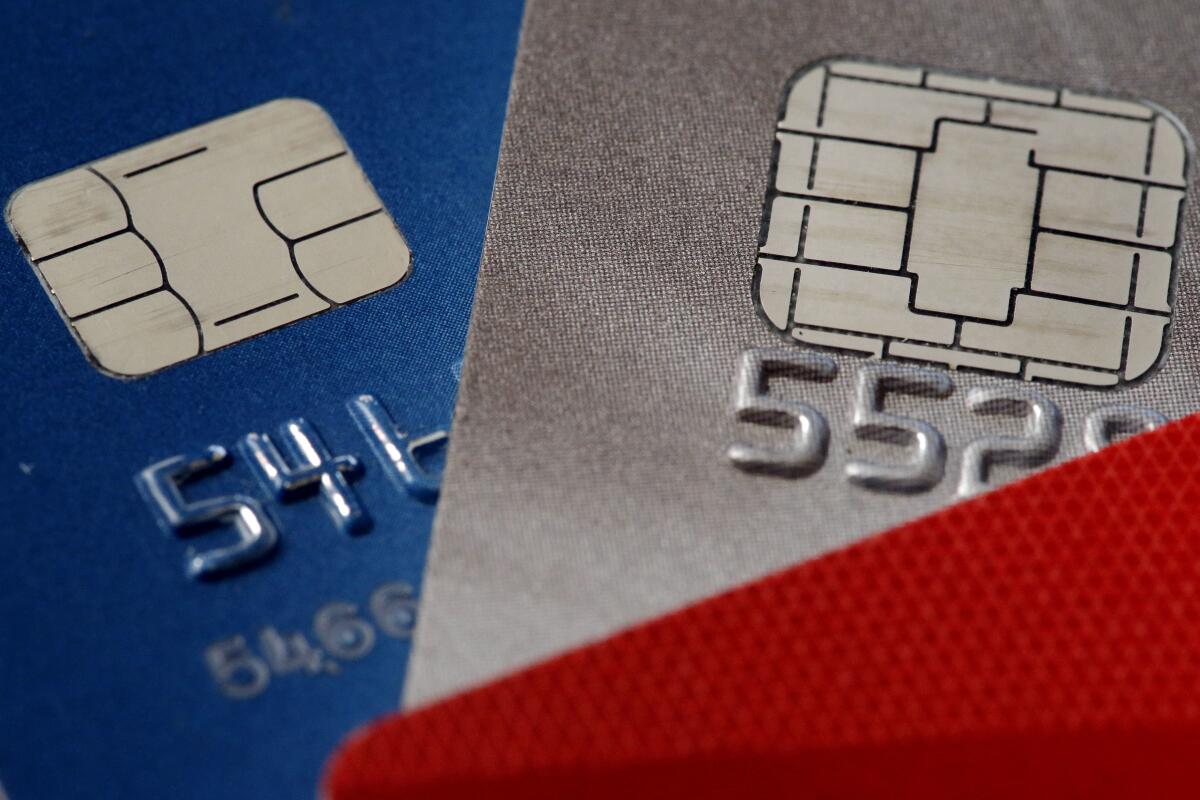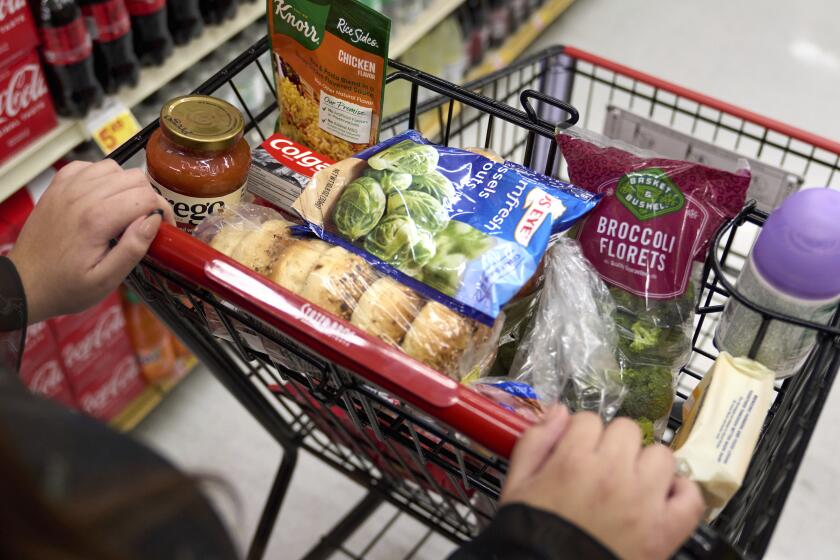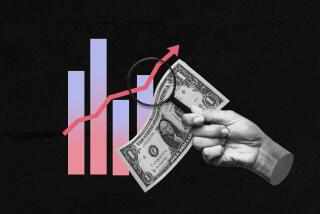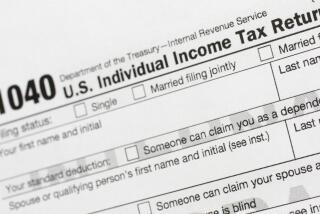Only richest 20% of Americans still have excess pandemic savings

Americans not among the wealthiest 20% of the country have run out of extra savings and now have less cash on hand than they did when the pandemic began, according to the latest Federal Reserve study of household finances.
For the bottom 80% of households by income, bank deposits and other liquid assets were lower this June than they were in March 2020 after adjustment for inflation.
All income groups have seen their balances decline in real terms from a peak in 2021, according to the Fed survey. But among the wealthiest one-fifth of households, cash savings are still about 8% above their level when COVID-19 hit. By contrast, the poorest two-fifths of Americans have seen an 8% drop in that period. And the next 40% — a group that roughly corresponds with the U.S. middle class — saw their cash savings drop below pre-pandemic levels in the last quarter.
Consumers are switching grocery stores, brands and ingredients as they try to cope with the cost of food.
The figures point to dwindling spending power available for U.S. consumers, whose resilience has kept the economy growing at a rapid clip this year and staved off the recession that many expected. Some analysts warn a downturn is still in the cards as households run low on spare cash.
The Federal Reserve Bank of San Francisco estimates that the aggregate stock of excess savings will be depleted in the current quarter.
Overall, household net worth jumped by some $5.5 trillion in the April-to-June period to a record high, the Fed data show. The increase was driven by housing — a less liquid form of wealth — and gains for stocks, whose ownership skews toward richer households.
The Fed numbers also highlight the unusual trajectory of household finances after the COVID slump, compared with previous recessions. Large-scale financial support from the government and enforced savings under lockdown conditions helped Americans amass stockpiles of extra cash. Their spending power fueled a rapid recovery, though it may now be running out of steam.
More to Read
Inside the business of entertainment
The Wide Shot brings you news, analysis and insights on everything from streaming wars to production — and what it all means for the future.
You may occasionally receive promotional content from the Los Angeles Times.











